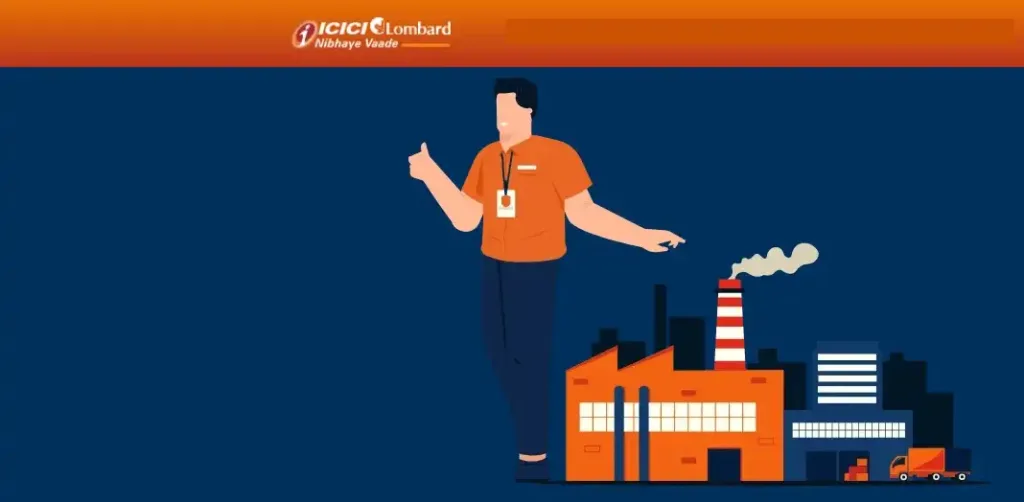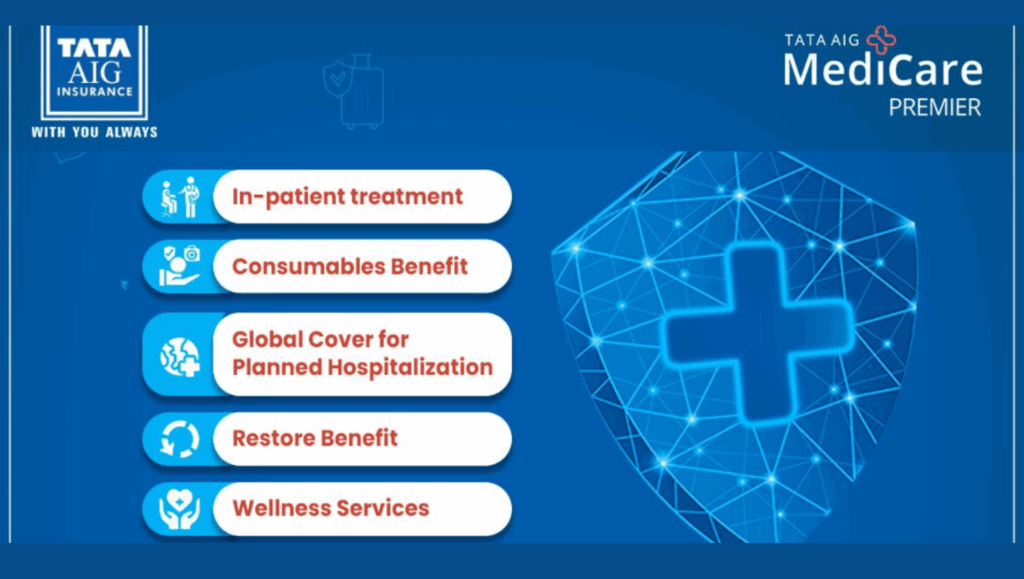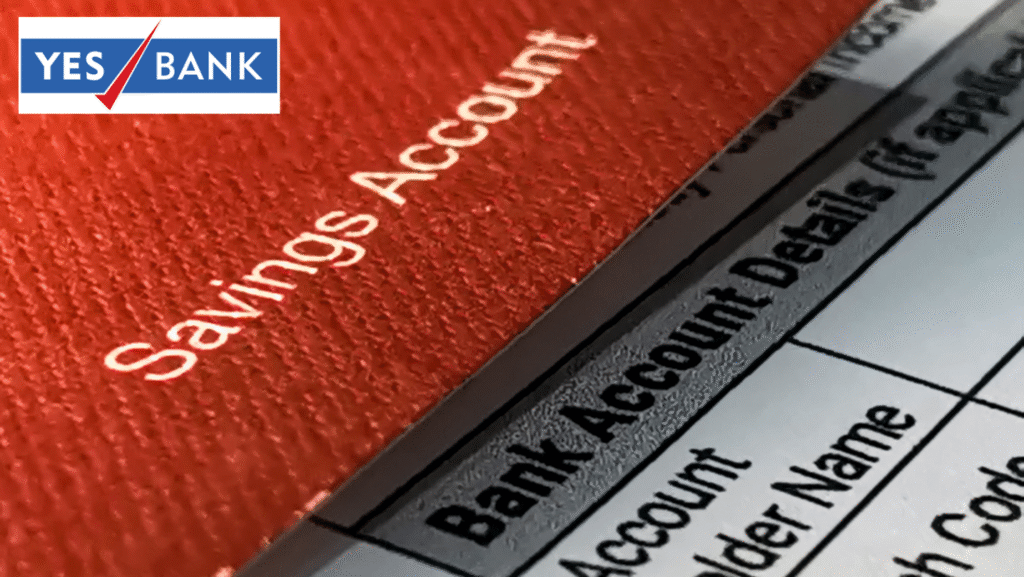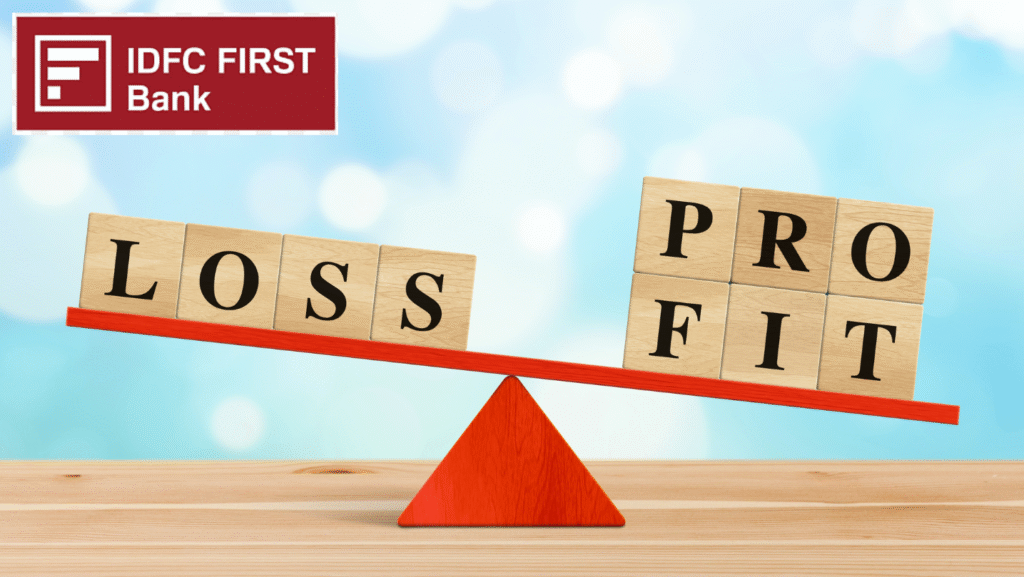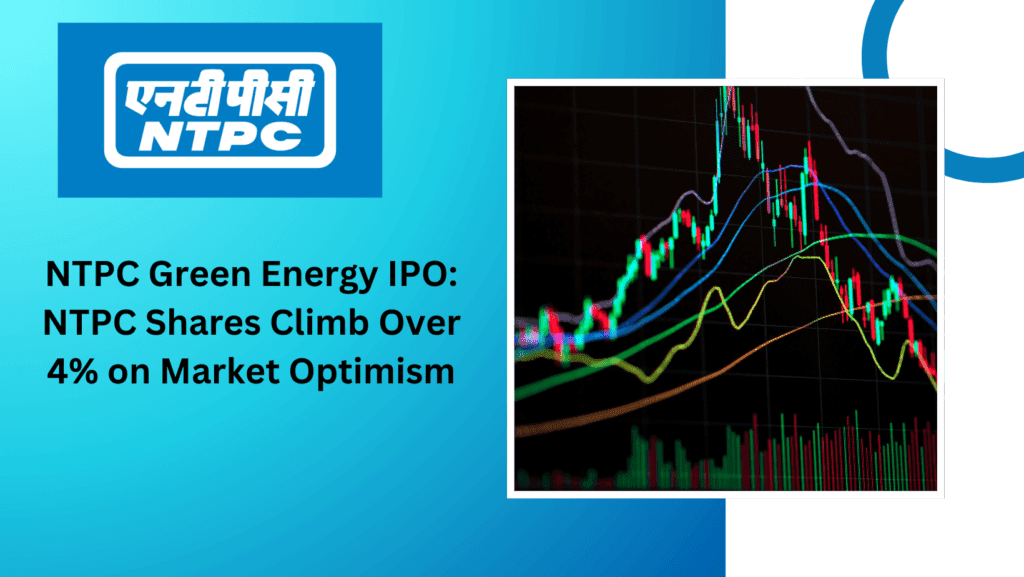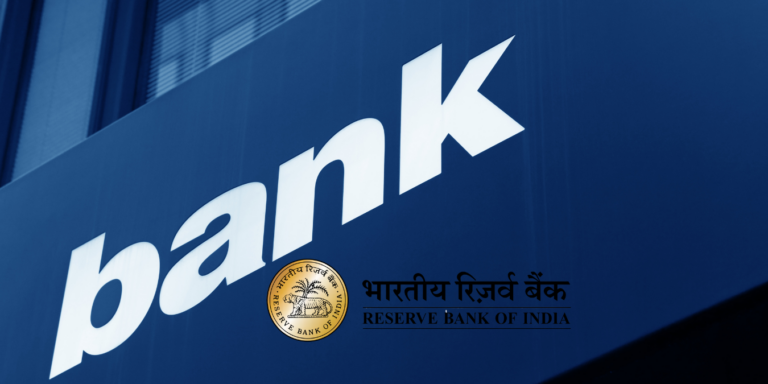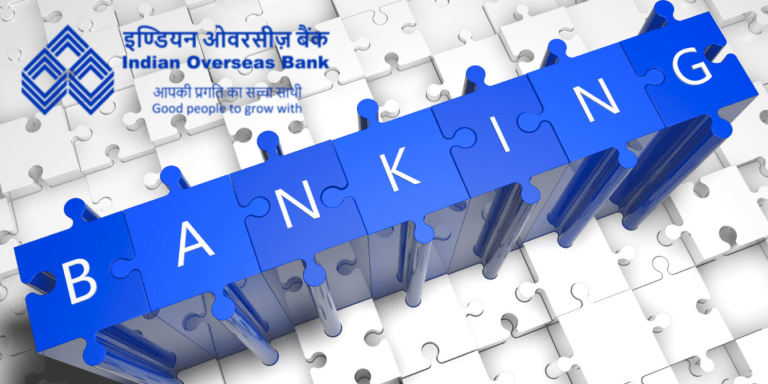
What are ACH debit return charges? Banks typically levy ₹100-500 per failed transaction due to insufficient funds or errors. Learn why these fees occur, how to avoid them, and compare charges across HDFC, SBI, ICICI & more. Save money—understand ACH return fees today!
Electronic transactions have become the backbone of financial operations in India. Among these, ACH debit transactions play a pivotal role in facilitating seamless recurring payments like loan EMIs, utility bills, and mutual fund SIPs. However, one term that often confuses account holders is ACH debit return charges. If you’ve ever noticed an unexpected deduction in your bank statement labelled as “ACH debit return charges,” this blog post is for you. We’ll dive deep into what these charges are, why they occur, how much they cost, and how to avoid them, all while incorporating the latest data to keep you informed.
What is an ACH Debit Transaction?
Before understanding ACH debit return charges, let’s clarify what an ACH debit transaction is. ACH, or Automated Clearing House, is an electronic funds transfer system that enables bank-to-bank transactions in bulk. In India, the National Automated Clearing House (NACH), operated by the National Payments Corporation of India (NPCI), is the equivalent system, often used interchangeably with ACH.
An ACH debit transaction occurs when a payee (e.g., a utility company or loan provider) is authorized to “pull” funds directly from a payer’s bank account for recurring payments. Common examples include:
- Monthly loan EMIs
- Utility bill payments (electricity, water, internet)
- Mutual fund Systematic Investment Plans (SIPs)
- Insurance premiums
- Subscription services
The process requires the payer to provide a signed mandate, authorizing the payee to debit funds on a fixed schedule. This eliminates the need for manual payments, saving time and ensuring timely transactions.
What Are ACH Debit Return Charges?
ACH debit return charges are fees levied by banks or payment processors when an ACH debit transaction fails and is “returned” to the originator. Think of it as a penalty for a bounced payment, similar to a cheque bounce fee. When a scheduled ACH debit cannot be processed, the Receiving Depository Financial Institution (RDFI) (the payer’s bank) notifies the Originating Depository Financial Institution (ODFI) (the payee’s bank) of the return, and a fee is charged to the payer’s account.
Why Do ACH Debit Transactions Get Returned?
ACH debit transactions can fail for several reasons, triggering return charges. The most common causes include:
- Insufficient Funds (R01): The payer’s account lacks the required balance to cover the transaction. This is the most frequent reason for ACH returns.
- Incorrect Bank Details (R03, R04): Errors in the account number, IFSC code, or other banking information prevent the transaction from processing.
- Account Closed or Frozen (R02): The payer’s account is closed, suspended, or frozen, blocking the debit.
- Payment Stopped (R08): The payer instructs the bank to stop the payment, either due to a dispute or to avoid the debit.
- Unauthorized Transaction (R07, R10): The payer disputes the transaction, claiming it was not authorized.
- Invalid Mandate: The ACH mandate is outdated, incomplete, or lacks proper authorization.
Each return is accompanied by a specific ACH return code (e.g., R01, R02) that indicates the reason for the failure. These codes help banks and customers identify and resolve the issue.
How Much Are ACH Debit Return Charges in India?
The cost of ACH debit return charges varies across banks and financial institutions in India. Based on the latest data, here’s an overview of typical charges:
- General Range: Most banks charge between ₹50 and ₹100 per returned ACH debit transaction.
- HDFC Bank: Charges ₹500 + GST for ACH debit returns due to insufficient funds, incorrect bank details, or unspecified reasons.
- Axis Bank: Known to charge up to ₹2,360 for multiple ACH debit returns, especially for mutual fund SIPs, as reported in 2023.
- IDFC First Bank: Notably, IDFC First Bank is one of the few banks that does not impose ACH debit return charges for standard accounts, making it a customer-friendly option.
- Non-Sufficient Funds (NSF) Fees: If the return is due to insufficient funds, banks may charge a higher NSF fee, ranging from ₹15 to ₹35 in some cases, though Indian banks often bundle this with the standard return fee.
These charges are typically debited from the payer’s account automatically, appearing in the bank statement as “ACH Debit Return Charges” or “NACH Return Charges.” For small retail investors, especially those with multiple SIPs of ₹500 or less, these fees can significantly impact savings. For instance, a single ₹2,360 penalty on a ₹2,000 SIP can derail a year’s worth of investment returns.
Who Bears the ACH Debit Return Charges?
In most cases, the payer (the account holder) is responsible for paying the ACH debit return charges. However, there are exceptions where the merchant or payee may bear the cost, depending on the agreement or the reason for the return. For example, if the payee provides incorrect bank details, they may be liable for the charges.
Impact of ACH Debit Return Charges
ACH debit return charges can have several consequences for both individuals and businesses:
- Financial Burden: For small investors or low-income individuals, high return charges can erode savings, especially if multiple transactions fail in a single month.
- Credit Score Impact: Repeated ACH returns, particularly for loan EMIs, can negatively affect the payer’s credit score, signaling financial distress to lenders.
- Reputational Risk: For businesses, frequent ACH returns can harm customer relationships and lead to reputational damage if not handled tactfully.
- Regulatory Scrutiny: High return rates may attract scrutiny from the Reserve Bank of India (RBI) or NACHA, potentially leading to audits or penalties for non-compliance.
- Fraud Risk: Unauthorized returns may indicate fraud, prompting businesses to reassess their security measures for collecting payment information.
How to Avoid ACH Debit Return Charges
Preventing ACH debit returns is key to avoiding these costly fees. Here are practical tips to ensure smooth transactions:
- Maintain Sufficient Funds: Regularly monitor your account balance to ensure there are enough funds to cover scheduled ACH debits. Set up low-balance alerts to stay informed.
- Verify Transaction Details: Double-check bank account numbers, IFSC codes, and mandate details before authorizing an ACH debit.
- Ensure Account Health: Confirm that your account is active and not frozen or suspended. Respond promptly to bank communications regarding account status.
- Communicate with Payees: If you anticipate insufficient funds or need to pause a payment, contact the payee to reschedule or cancel the debit.
- Use Stop Orders Wisely: To halt an ACH debit, issue a stop order to your bank in advance, ensuring compliance with RBI regulations. Notify the payee to avoid disputes.
- Set Up Reminders: Use calendar alerts or banking apps to remind you of upcoming ACH debits, giving you time to arrange funds.
- Choose Banks with Low or No Charges: Opt for banks like IDFC First Bank, which waive ACH debit return charges, or negotiate with your bank for waivers if you have a good relationship.
- Educate Yourself: Understand the ACH process and your responsibilities as a payer to minimize errors and unauthorized returns.
Can ACH Debit Return Charges Be Reversed?
Reversing ACH debit return charges is challenging, as banks follow strict policies. However, you may have a chance of getting a waiver under certain conditions:
- Genuine Mistake: If the return was due to a one-time error (e.g., a bank system glitch), explain the situation to your bank and request a refund.
- Good Banking Relationship: Customers with a strong account history or premium accounts (e.g., HDFC Imperia) may persuade the bank to waive the fee.
- Negotiation: Expressing willingness to close your account or escalate the issue may prompt the bank to make an exception, though success is not guaranteed.
Contact your bank promptly, preferably through your relationship manager or customer service, to discuss the possibility of a reversal.
Latest Developments in ACH Debit Returns
The RBI and NPCI are working to streamline electronic payment systems, including NACH, to reduce transaction failures and associated costs. Key updates include:
- Enhanced Real-Time Verification: Banks are adopting services for real-time bank detail checks to minimize returns due to incorrect information.
- Customer Education Initiatives: The RBI is encouraging banks to educate customers about ACH mandates and responsibilities to reduce unauthorized returns.
- Proposed Fee Rationalization: There are calls for the RBI to intervene and cap ACH debit return charges, especially for small retail investors, to protect them from disproportionate penalties.
- Improved Notification Systems: Banks are implementing better notification systems to alert customers about upcoming debits, reducing the likelihood of insufficient funds.
These initiatives aim to make ACH transactions more reliable and cost-effective for all stakeholders.
Difference Between ACH Debit and ECS in India
Below is a detailed comparison of ACH Debit (operated as NACH in India) and ECS (Electronic Clearing Service) in a table format, highlighting their key differences based on the latest information available .
| Parameter | ACH Debit (NACH) | ECS (Electronic Clearing Service) |
| Full Form | National Automated Clearing House (NACH) | Electronic Clearing Service |
| Operated By | National Payments Corporation of India (NPCI) | Reserve Bank of India (RBI) |
| Introduction | Launched in 2008 to replace ECS with a more efficient system | Introduced in the 1990s to facilitate electronic bulk payments |
| Scope | Nationwide, covering a larger network of banks and financial institutions | Limited to specific regions or cities, with separate ECS centers (e.g., ECS Mumbai) |
| Purpose | Facilitates bulk and recurring payments like EMIs, SIPs, utility bills, and dividends | Used for bulk payments like salaries, pensions, dividends, and recurring payments |
| Types | Includes NACH Debit and NACH Credit for pull and push transactions, respectively | Includes ECS Debit (for pulling funds) and ECS Credit (for pushing funds) |
| Processing Speed | Faster, typically processes transactions within one business day | Slower, may take 2–3 business days depending on the clearing cycle |
| Mandate Management | Centralized mandate management system (e-Mandate) for easier setup and verification | Decentralized, requiring physical mandates processed by individual banks |
| Technology | Modern, web-based platform with real-time tracking and verification | Older technology with limited automation and manual intervention |
| Bank Coverage | Connects over 1,200 banks and financial institutions across India (as of 2025) | Limited to banks participating in specific ECS clearing centers |
| Transaction Volume | Handles high volumes, processing millions of transactions daily | Lower capacity compared to NACH, suitable for smaller volumes |
| Cost Efficiency | Generally lower processing fees for banks and merchants due to automation | Higher operational costs due to manual processes and regional limitations |
| Return Charges | Charges for failed transactions (e.g., insufficient funds) range from ₹50–₹500+ GST | Similar return charges, but vary by bank (typically ₹100–₹500 per failed debit) |
| Real-Time Verification | Supports real-time bank detail verification to reduce errors (introduced by 2025) | Limited verification, leading to higher chances of errors and returns |
| Customer Convenience | Digital mandates, SMS/email alerts, and faster dispute resolution | Paper-based mandates, slower dispute resolution, and fewer customer notifications |
| Regulatory Oversight | Governed by NPCI with RBI guidelines, emphasizing digital payments | Directly managed by RBI, with less focus on modernization |
| Security | Enhanced security with Aadhaar-based authentication and encrypted transactions | Basic security measures, more prone to errors due to manual processing |
| Use Cases | Loan EMIs, mutual fund SIPs, utility bills, insurance premiums, subscription payments | Salaries, pensions, dividends, utility bills, and some recurring payments |
| Future Relevance | Preferred system in 2025, with ongoing upgrades for efficiency and scalability | Gradually being phased out in favor of NACH and UPI-based solutions |
This table provides a comprehensive view for anyone looking to understand the operational and practical differences between ACH Debit (NACH) and ECS in India.
Final Thought
ACH debit return charges are a reality of electronic banking in India, but understanding their causes and costs can help you navigate them effectively. By maintaining sufficient funds, verifying transaction details, and staying informed about your bank’s policies, you can minimize these fees and ensure a hassle-free banking experience. With the RBI and NPCI’s on-going efforts to enhance the NACH system, the future of ACH transactions looks promising, but vigilance remains key.
If you’ve faced ACH debit return charges or have questions about managing them, share your thoughts in the comments below. For more insights on digital banking and personal finance, stay tuned to our blog!
Disclaimer: The information provided is based on the latest available data. Always check with your bank for specific policies and charges.








